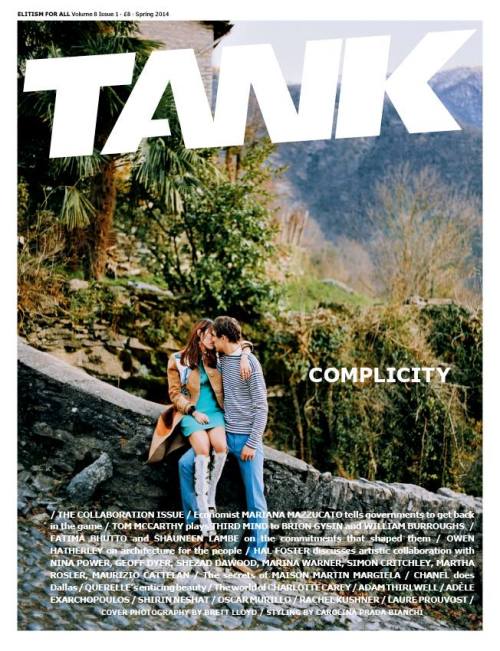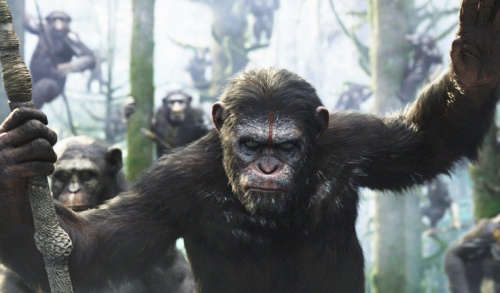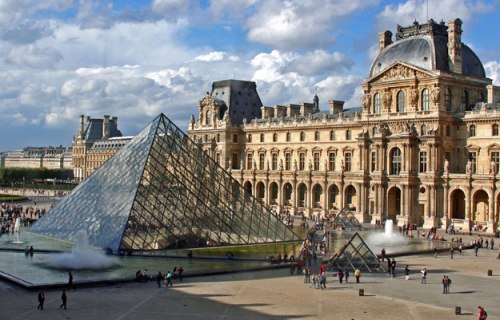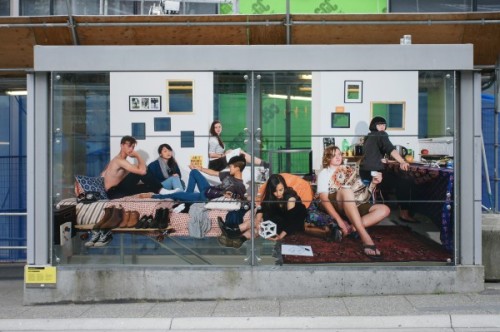by Jason Smythe
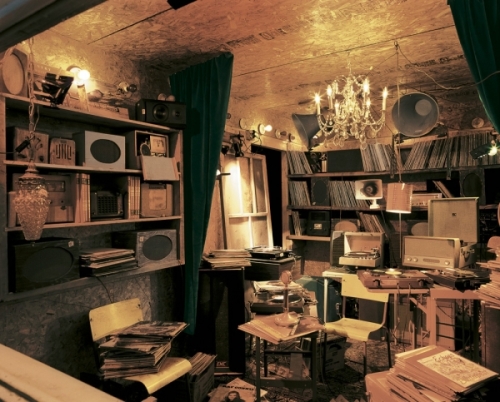
Janet Cardiff and George Bures Miller, Opera for a Small Room, 2005 (interior view)
Mixed media installation, with audio, record players, records, speakers and synchronized lighting, 20 minutes (loop) Courtesy of the Artists, and Luhring Augustine Gallery, New York Photo: Markus Tretter, Kunsthaus Bregenz, 2005-06
Cardiff and Miller’s Lost in the Memory Palace is an awesome exhibit, and focuses on a number of complex themes. It consists of nine rooms, all containing a unique installation and exploring the theme of memory creation and loss. But for whatever reason writing an article about it has been, to put it mildly, a nightmare. I kid you not, I have written, and then quickly deleted, three completed articles on this exhibit! Were the deletions really necessary, you ask? They were, because none of them fully captured the complexity of the exhibit. My first article focused too much on the room called “The Killing Machine,” and the second article focused too much on another room called “Opera for a Small Room.” The third article well, it just plain sucked—please don’t make me relive the horror of that cursed third article! In the words of Kurtz: “The horror… the horror…” Continue reading →
Posted in Vancouver Exhibitions
Tagged Brain, Cardiff, Conrad, Dante, David Lynch, Hell, Horror, Inferno, Jason Smythe, Kafka, Kurtz, Lost in the Memory Palace, Melancholy, Memories., Miller, OCD, The Hague, The Netherlands, Third Articles, UN, VAG, War Crimes

